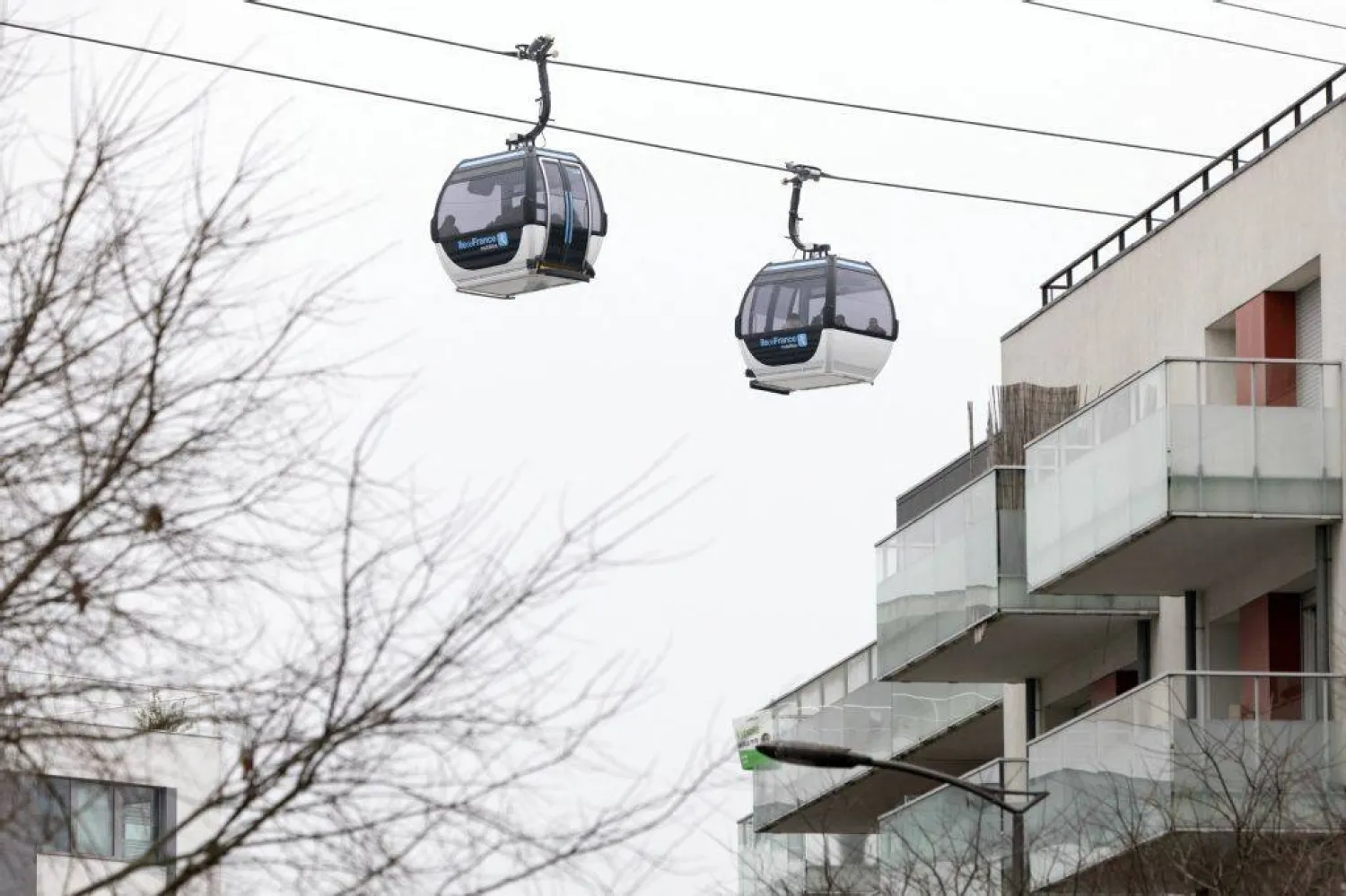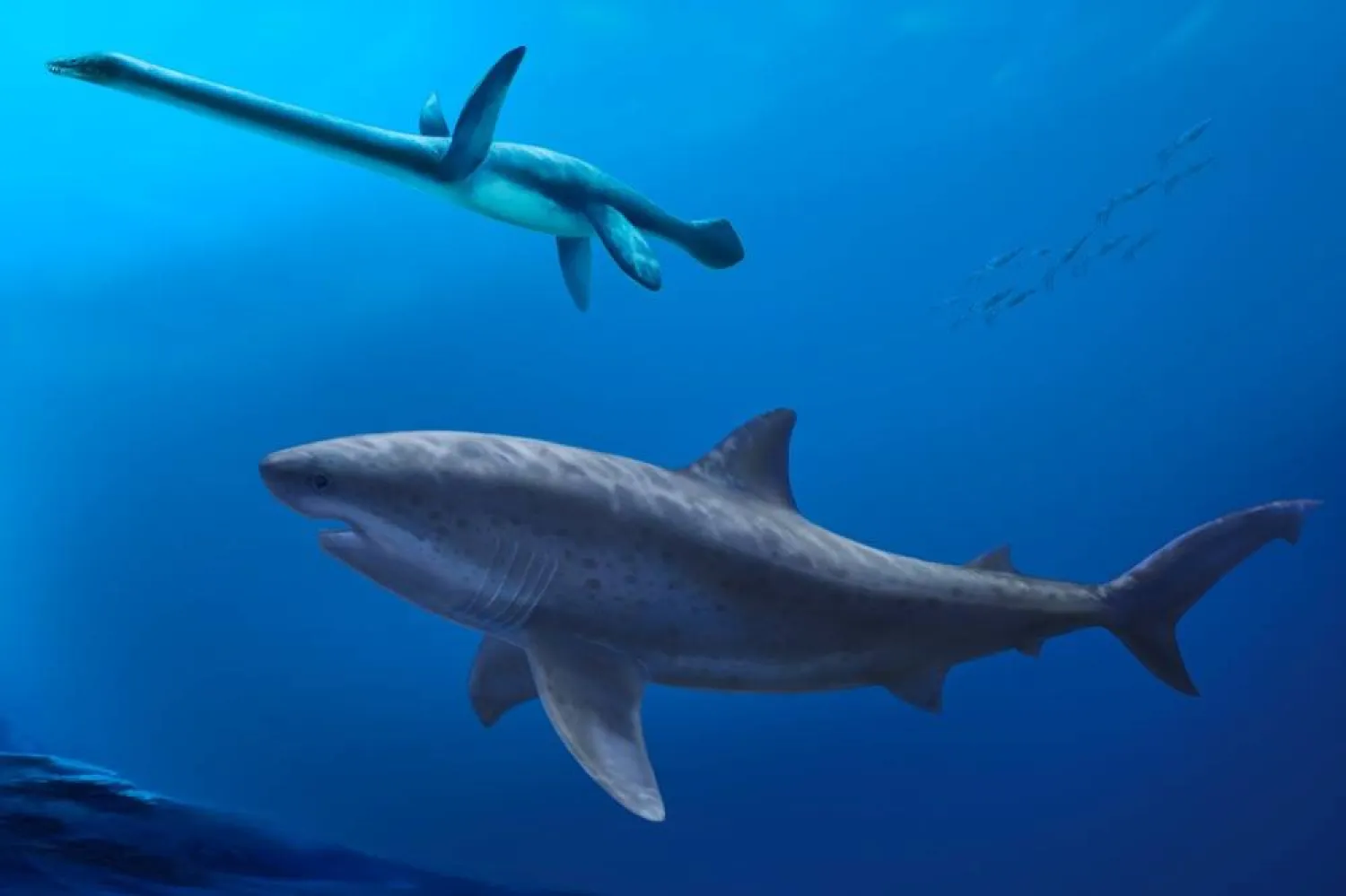About 66 million years ago, a giant asteroid slammed into Earth, leading to one of the biggest extinction events on the planet, and ending the age of dinosaurs during springtime in the Northern Hemisphere, Agence France Press (AFP) reported.
Melanie During, lead author of a recent study, said pinning down the season of the impact may help us understand “how the remaining species survived and how they prospered later.”
However, determining the precise date of the impact, which occurred in Chicxulub, currently Mexico’s Yucatán Peninsula, is scientifically impossible.
According to a recent study, the asteroid’s impact, or a part of it, caused a series of disasters that were followed by climate turbulences.
These incidents ended the Cretaceous age and killed all the non-avian dinosaurs, and then the pterosaurs. The research team led by paleontologist Melanie During and vertebrate paleontologist Dennis Voeten, both from the Uppsala University in Sweden, sought to shed light on the impact and its consequence by examining fish fossils.
The Tanis site in North Dakota preserved traces of this massive extinction. According to the study, it features a collection of fossils found under the sediment of a flooding riverbed. The researchers suggest that during this phenomenon (the impact), the seiche waves crossed over 3,000 kilometers in around 10 minutes, raised the water of an inland sea in the region that has become America, and uprooted almost all types of living species.
In Tanis, the team studied fossils of three paddlefish and three sturgeons used high-resolution synchrotron X-ray scans at the European Synchrotron Radiation Facility, Grenoble, France.
According to the researchers, the fish died from seiche waves accompanied by a flow of glass-like balls known as spherules that were created under the impact’s heat and rained over large distances on Earth.
The fish died within 15 to 30 minutes after the impact, said Melanie During.









